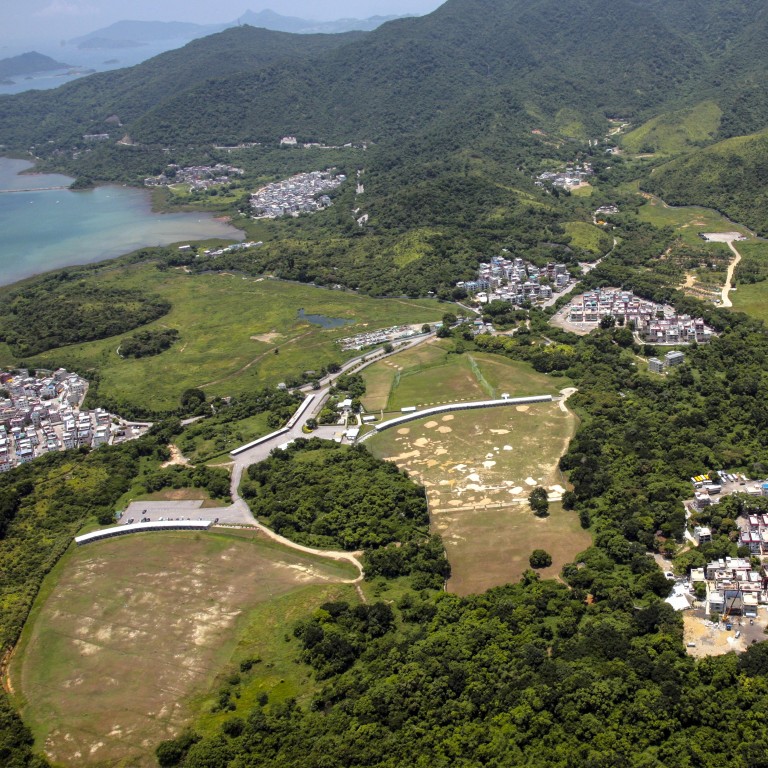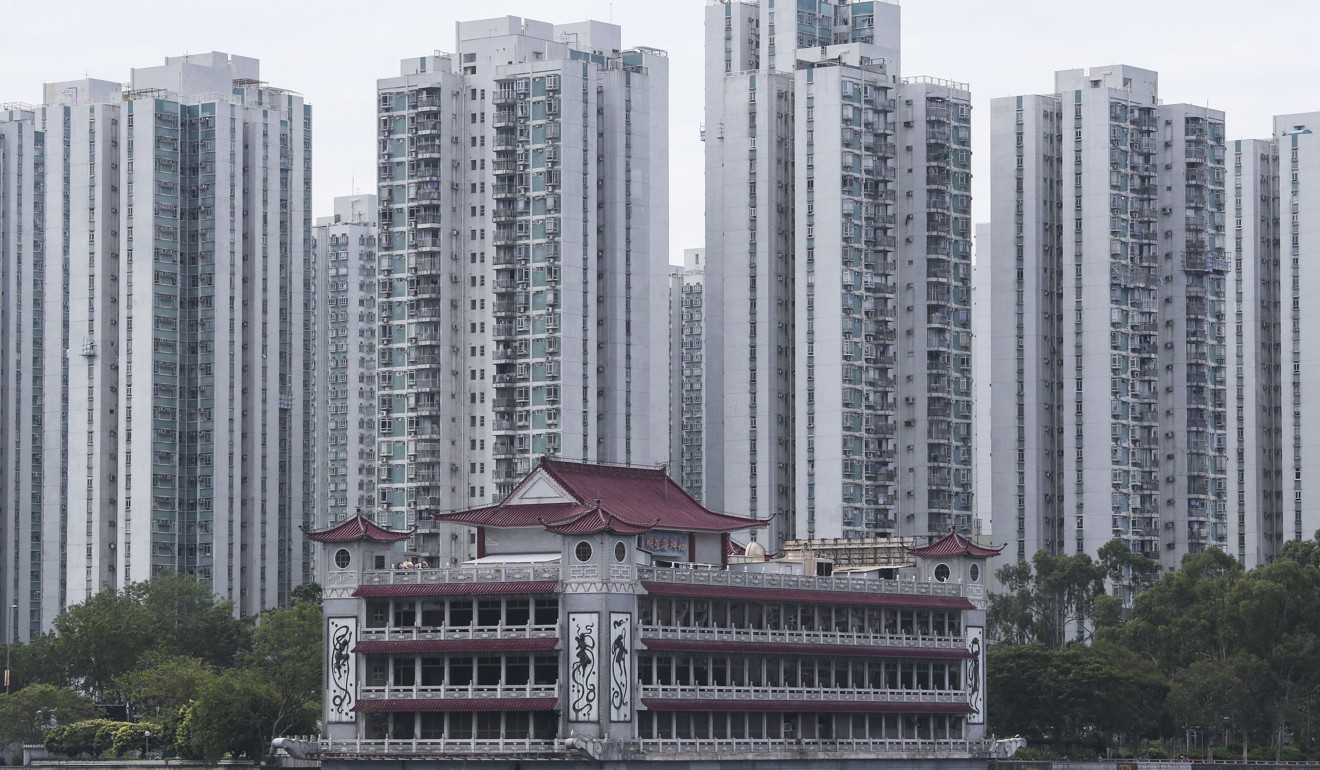
Mega project for 9,500 private flats in Hong Kong’s Sai Kung given final nod of approval despite traffic concerns
- Doubts raised over parking space for residential population, which has almost doubled from initial plan
- Transport department says area’s space and network can accommodate vehicle capacity
Town planning authorities have given the final approval for a mega private residential project in Hong Kong’s Sai Kung countryside, despite concerns about traffic congestion in the proposed neighbourhood.
The Town Planning Board, a statutory watchdog, on Friday gave the green light to Sun Hung Kai Properties (SHKP) to build 9,500 flats on a 74.8-hectare site in Shap Sze Heung, near Sai Sha Road.
A board member, who requested anonymity, said the large project was bound to raise eyebrows, adding that a development of this size was rare in recent years because of the lack of extensive sites.
“Board members were mainly concerned about the impact on traffic and the environment, given that there are so many flats planned.
“But we still approved it in the end because we believed that worries could be addressed as the developer had done detailed studies and fulfilled certain conditions.”
We still approved it because we believed that worries could be addressed as the developer had done detailed studies and fulfilled certain conditions
Among criteria set up by the board and the Planning Department was the provision of two public transport interchanges, which could accommodate buses, minibuses and taxis.
Other conditions include providing no less than some 86,000 sq ft of public open-space facilities, and to reserve two sites next to Che Ha Village for primary schools.
Under the scheme, the sprawling estate will include a range of commercial and retail facilities, an ecological trail, a recreation and sports centre, kindergartens, a church and two golf driving ranges for public use.
A spokeswoman for SHKP said it welcomed the board’s decision.
“The project is a large and long-term development. The infrastructure would benefit the entire district,” she said, citing an example to widen Sai Sha Road into a two-lane way.
The spokeswoman added that the latest scheme would meet the city’s demand for small- and medium-sized flats.
The developer said earlier this week that it might design some of the flats in the Sai Kung project with senior citizens in mind, with elderly-friendly features and facilities.
The infrastructure would benefit the entire district
SHKP had made 11 previous applications for the site between 1995 and 2009. It is one of the city’s largest owners of farmland, and had originally planned to build 4,730 flats in 31 blocks, with a sports ground and shopping centre.
The developer applied last year to the board to expand its plan to 9,500 flats, seeking to increase the gross floor area of the site to 5.8 million sq ft from 4.83 million sq ft. Under the new plan, blocks would be built with 31 residential storeys, up from the original 24.
The average size for each flat would also be cut by about 38 per cent to 610 sq ft, down from a gross area of 1,000 sq ft in the original plan.

During the board meeting on Friday, some members raised concerns over whether the area’s transport network could deal with an increase in the residential population.
“The number of residents has almost doubled to 9,000 from the previous application – are there enough parking spaces? Are we sure that people would use public transport? The people who will live here are most likely those with higher incomes,” said David Lui Yin-tat, a board member.
Jessica Chu Ha-fan, a planning officer for Sha Tin, Tai Po and North district said that there would be more than 2,415 parking spaces, which met the city’s official planning standards and guidelines.
She also added that about 70 per cent of residents were expected to use public transport, while 30 per cent would use private cars.
“Based on all the initial assessments, the Transport Department believes that the transport network has sufficient capacity to handle a development of this size,” Chu said.
Patrick Ho Kwong-hang, the department’s chief traffic engineer for New Territories West, said the provision of public transport would greatly reduce the number of private cars on the road.

SHKP has previous experience with projects involving almost 10,000 units, including the Yoho Town development in Yuen Long that began in 2000 and the City One development in Sha Tin in the 1970s and 1980s.

